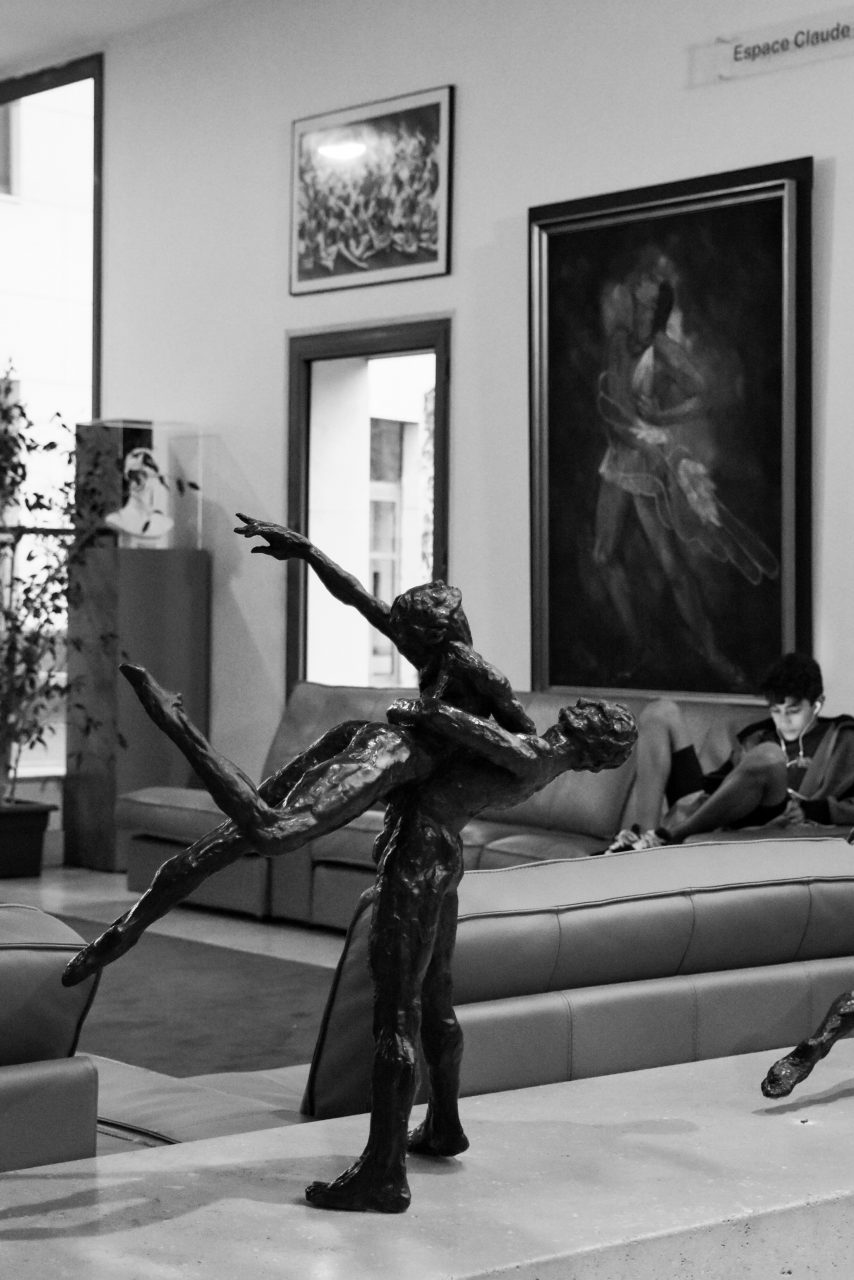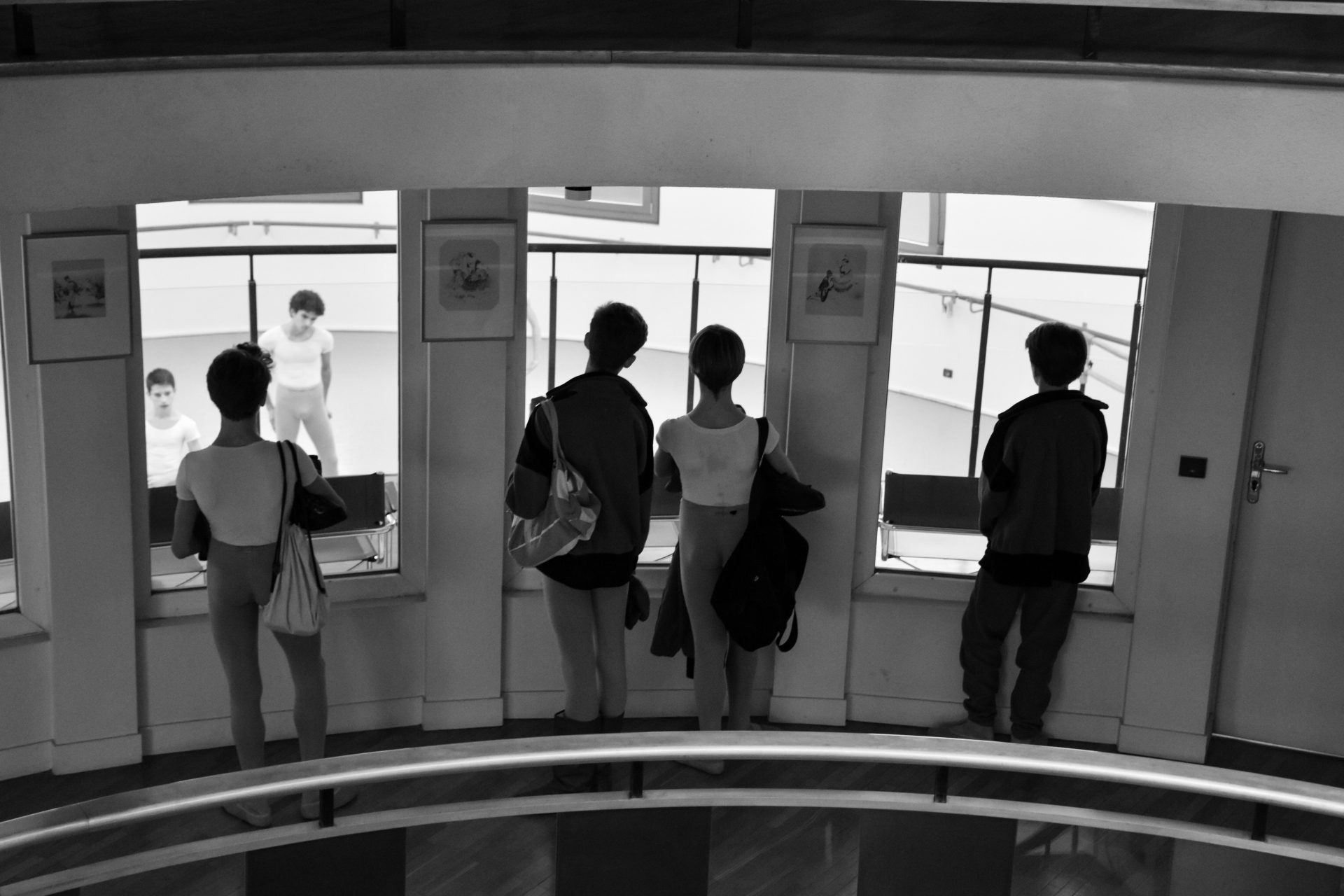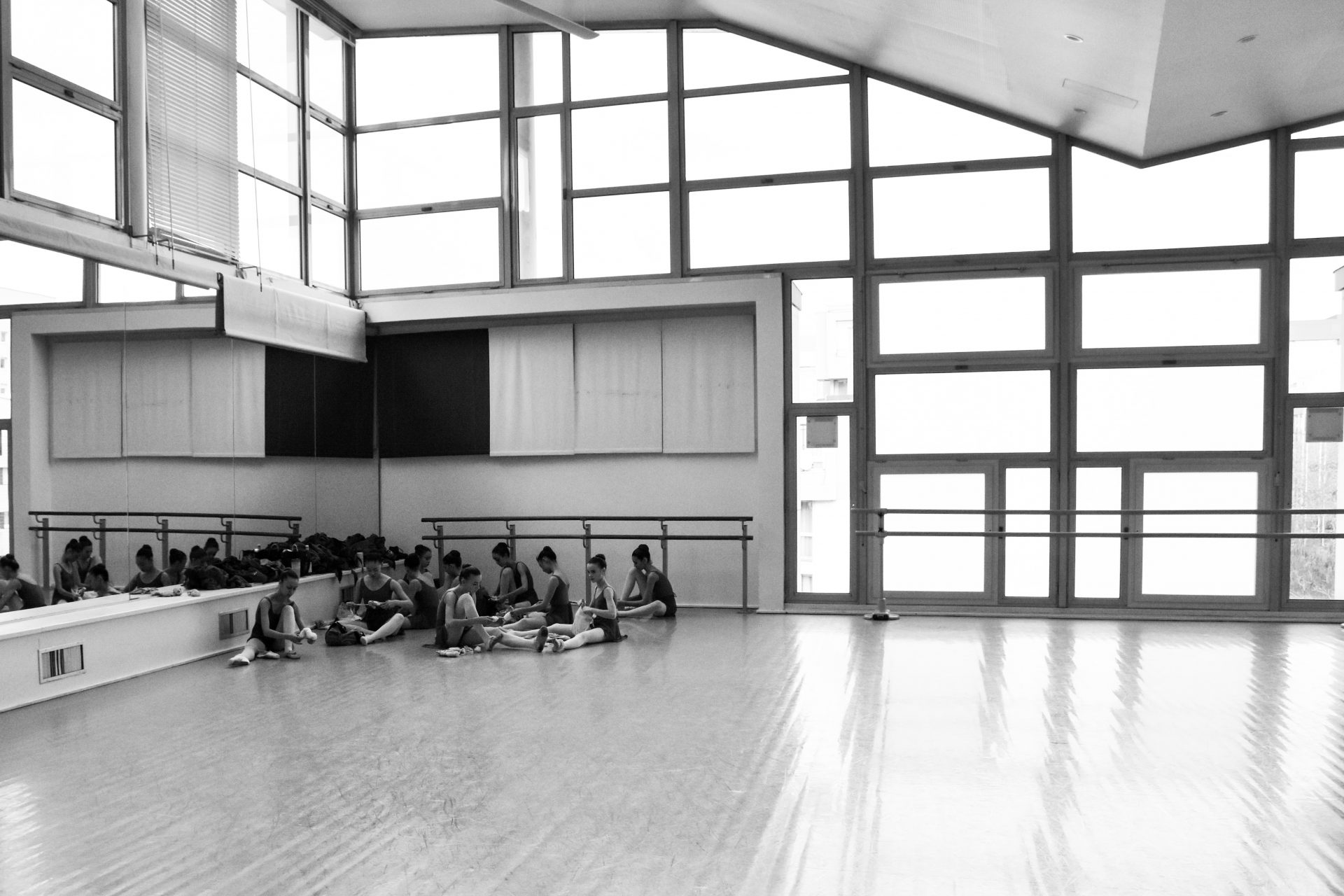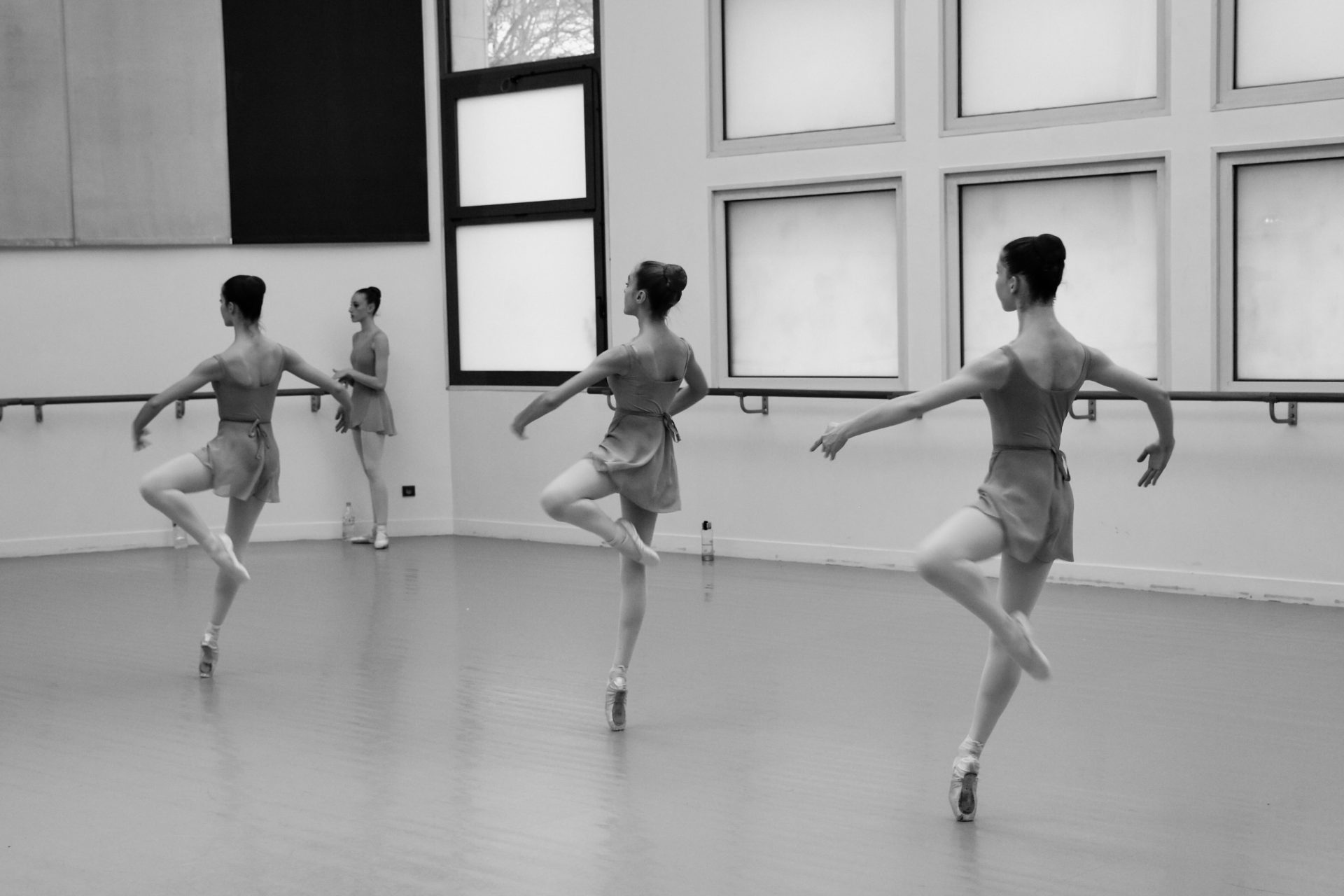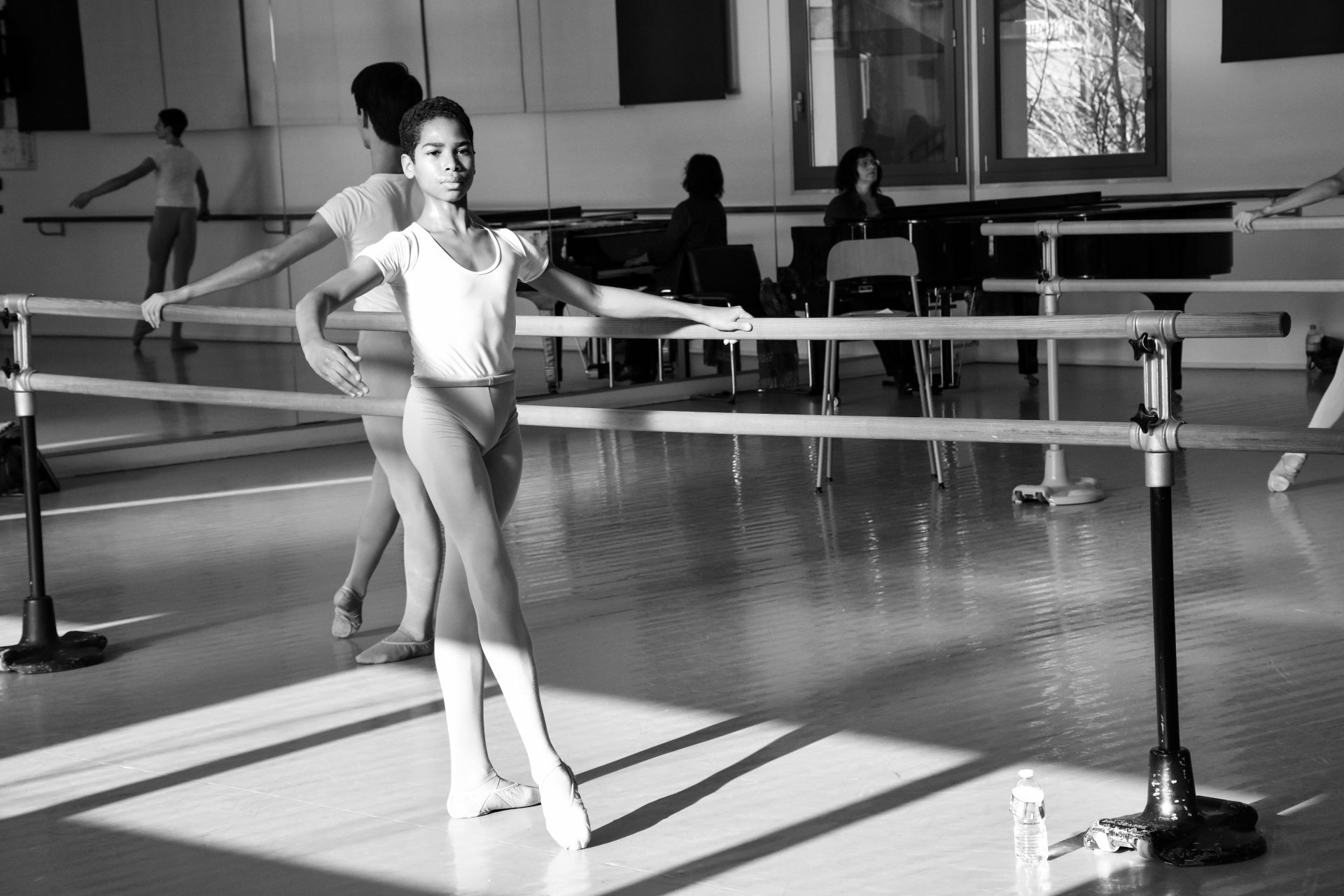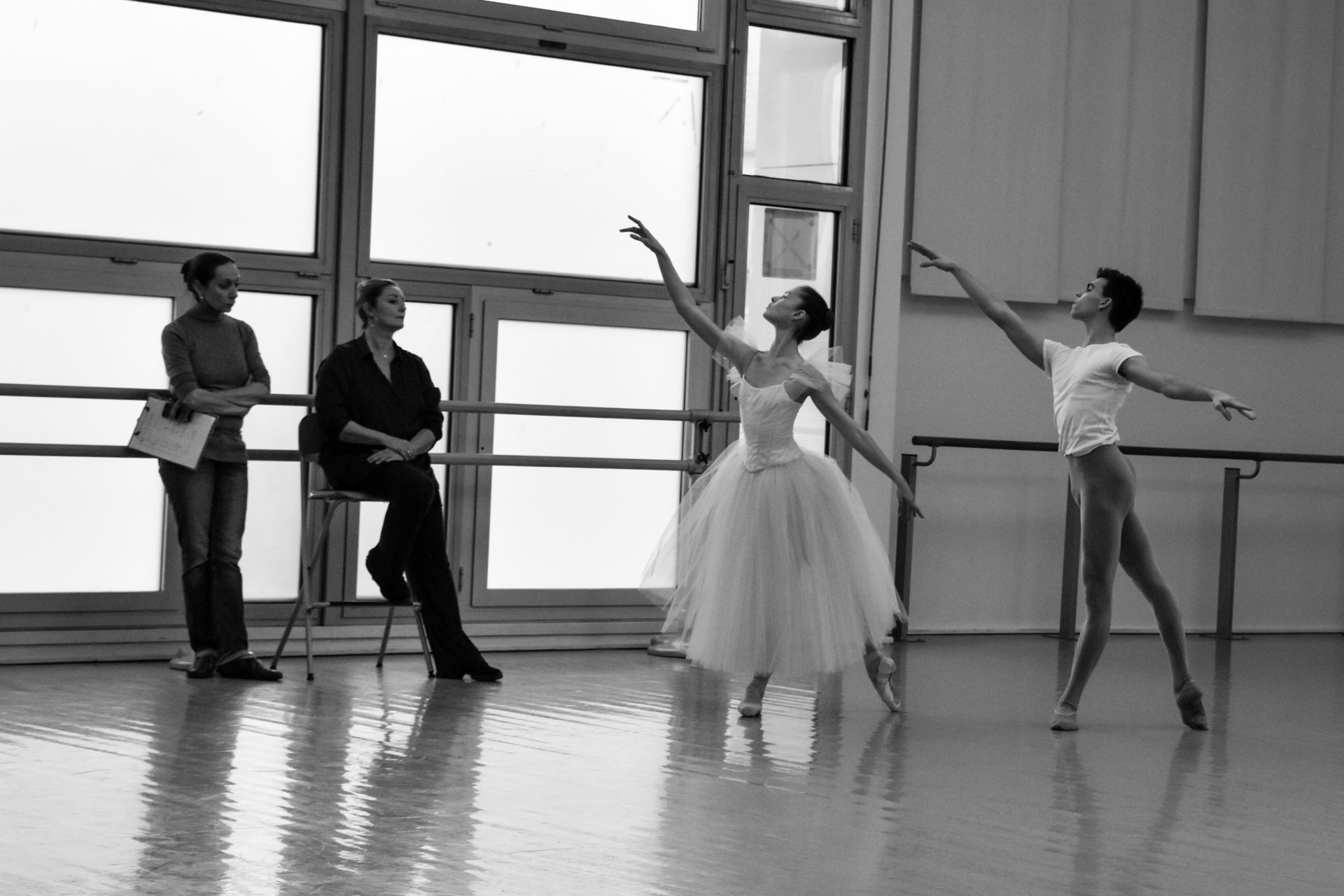France. The country that the mere mention of makes most people to think of Paris, wine, amazing cuisine and, of course, ballet.
In order to find out what exactly makes French ballet so good and revered, we went to the very cradle of not only French but ballet in general – École de Danse de l’Opera de Paris.
Founded in 1713, École de Danse has been a pinnacle of the ballet education throughout the centuries. Yet times change and so does the school. New Artistic director in the face of Elizabeth Platel, the new building to better suit the needs of students, yet the soul of the oldest ballet school in the world lives on.
The elegance of the old days is the foundation on which the majestic French style is built upon. It doesn’t want dancers to get their legs as high as possible, or get as many spins as they are able to. Not because dancers are not capable of it, they are, but because it doesn’t look elegant, it doesn’t look majestic, it doesn’t look French.
Yet the traditions of the École de Danse do not only concern the style of dance, they are integrated into the very lives of the students.
In the modern world, equality often takes the form of individualism. People view these old habits as a sign of submission or superiority and because of that, the school is often criticised for these traditions. Yet the traditions of the old days do not necessarily signal submission, on the contrary, they signal equality. Equality in respect.
This often poses problems for students outside the school. As they are taught from the young age to such a high and rare standard of social behavior, sometimes it’s hard for them to operate in the outside world, that rarely answers them with such respect. The students are made to be perfectionists in everything they do. Even when they study math, philosophy, geometry, all of them perform exceptionally well, despite it not being their main field of study. For them, everything matters and everything should be perfect.
And the life in the school is filled with this perfection. The day of the students is strictly scheduled: wake up hours, courses, dinner, dance classes, bedtime, everything. For a body of the dancer is his most precious instrument, and as any kind of instrument must be maintained in a good shape. And what a better way to teach students how to attend to their bodies, than carefully craft a schedule optimised for it.
But it doesn’t end there. During the classes, students wear the same uniform, their hair must be perfectly done, their jewelry must not be allowed to the class, etc.
The new always strives to kill the old and often succeeds. Yet here, the school managed to ally them and harvest both for their benefits. École de Dance is the place, where the feel of high society of the old days and benefits of the modern-day techniques combine to create something truly magnificent.
The key to this unique combination lies in the approach that the school takes in regard to traditions. They are valued, yes, but not sacred. Unlike some, who see traditions as a cage that provides stability and must not be exited under any circumstances, École de Danse uses traditions as a foundation to build upon.
The perfect example of that is the Russian school of ballet. Centuries ago, French dancers went to Russia to spread their culture of classical dance.
Now students of the school reap the benefits. Every year they give a concert at the Opera Paris, where they allow the audience to peek behind the doors of the school at watch live classes on the stage of one of the world’s leading theatres.
I was visiting the school just before their first performance this year. Despite having such a major performance looming around the corner, the atmosphere among students was quite relaxed. Not something you could say about Madame Platel and the teachers. All their thoughts were revolving around the Demonstration. And rightfully so, not only the strive towards perfection is a normal approach in ballet, but what made the situation even more intense, was that students won’t be able to reverse on the actual stage of the theatre even once. This is a great challenge, as the stage in Opera Paris is drastically different from the small stage that they have in the school.
When the day finally arrived, however, no-one could have guessed that it was the first time the students actually entered the stage. I was fortunate to sit next to one of the directors of choreography school, and while chatting in between the acts, she said, that even knowing all these techniques and exercises, she was amazed how synchronized everything was. Оne of the hardest things for ballet students in their studies is to learn to do everything synchronically, yet the students of École de Danse had no such problem. Or at least didn’t seem to have.
Before the performance I was wondering, how close to reality the demonstration would be. At the end of the day, when it comes to the open classes, everyone, not only in the ballet, tries to show themselves in the best light. Everyone, but École de Danse, as it turned out. What I saw in the school during actual classes was exactly what I saw on the stage. If the student didn’t perform something the way he should have, the teacher would ask him to do that again in from of the sold-out hall of Opera Paris. It seems that the school doesn’t have to show itself in the brighter light, it’s bright enough as it is.
And indeed, École de Danse is something out of this world. Despite the modern building, modern clothes, all the luxury of the 21st century, the feel of the school is not modern at all. Yet it’s not old-fashioned either. It’s one of the unique places I’ve ever been – classic yet modern, historic yet young, timeless yet fluent in time.
Author Andrey Avramchuk




